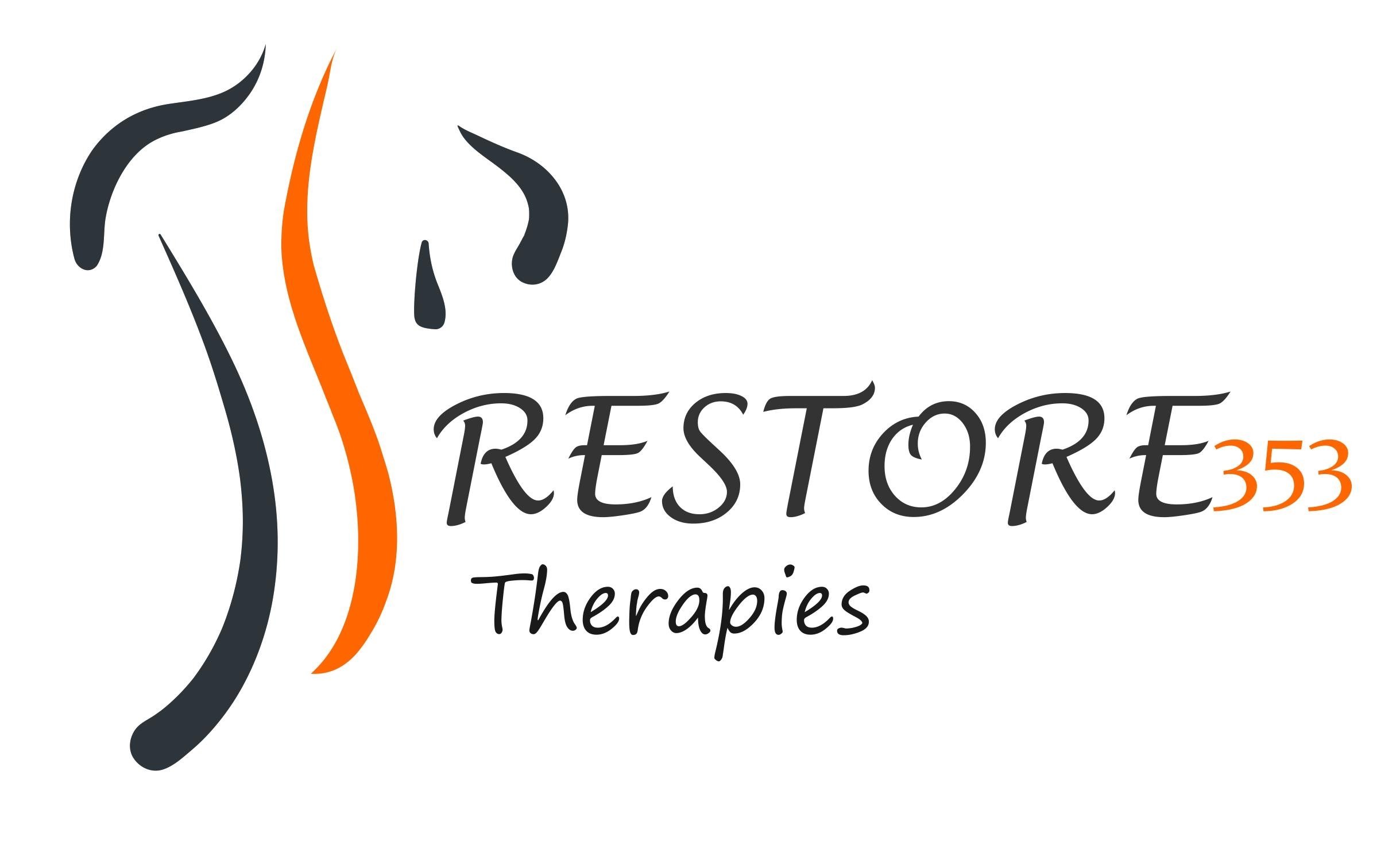Pilates in the Third Trimester
In the third trimester, the focus shifts towards gentle mobilization, postural work, and awareness and relaxation. Additionally, exercise should aim to increase range of motion, especially in the hips as the mother prepares to give birth. Continuing to do pelvic floor work is equally important as the weight of the baby grows and the baby descends into the pelvis.
1. Posterior/Lateral Breath Work
As the baby begins to gain in size and creates pressure upwards into the rib-cage, this can make deep breathing more challenging. Focusing on posterior/lateral breathing is a great way to help this. Take the hands and place them around the rib-cage, providing your body with proprioceptive feedback. As you inhale, focus on allowing the rib-cage to expand in three dimensions, like you are filling your lungs like they are balloons. As you exhale, allow the rib-cage to draw back in towards the spine. Try to focus on keeping the navel connected towards the spine throughout all breaths, this will allow the rib-cage to move more with each breath.
2. Seated Pelvic Clocks
Performing pelvic clocks helps to keep awareness of the deep abdominal muscles and to focus on abdominal muscle recruitment. While seated on the physio ball, think about keeping both sit bones connected to the ball as you rotate the pelvis in a circle. Repeat to the other side. Activating the deep abdominal muscles will both stabilize the pelvis and release pressure from the spine, and can alleviate back pain.
PHOTO CREDIT: Restore353
3. Quadruped Alternating Arms and Legs
Begin on the hands and knees. Shoulder should be directly over the wrists and hips directly over the knees. Head should be long and in line with the spine. Avoid dropping the head. Feel like you are pressing the floor away from you to engage and stay lifted. Inhale to prepare. As you exhale, draw the navel towards your spine send the right arm straight overhead, parallel with the floor, palm facing in. Inhale to return the hand to the floor. Repeat to the other side. Focus on keeping the shoulders from hiking towards the ear, and the rib-cage and hips from rotating. Repeat the same exercise extending one leg at a time. Keep strong through the upper body; avoid rotating the hips to lift the leg higher. Keep both hip points even and parallel to the floor. Once you have mastered the arms and legs separately, try alternating opposite arm and leg; or try opening and closing the arms and legs out to the sides to challenge shoulder abduction and alternate hip extension.
4. Deep Squat Stretch
Focusing on a deeper squat will aid in the opening of the hips for labor. This is an excellent modified squat stretch during the end of pregnancy. Place the ball against the wall on the floor. Sitting in front of the ball, with legs greater than hips distance apart, lift the hips slightly off the floor. Legs should be externally rotated with knees tracking over the big toe. Allow the upper body to relax back over the ball with the head supported on the ball. Arms can be opened out to the sides or stay in closer to the body. Focus on nice deep breaths, allowing the hips to open and relax, while the upper body is supported again, do not squat when the baby is in a not optimal position or you feel pain when squatting!
VIDEO CREDIT: Restore353
5. Cat/Cow
Begin on hands and knees as described in the quadruped exercise. As you exhale, articulate through the spine to round the back upwards, tucking your chin lightly towards your chest, allowing your “head to chase your tail.” As you inhale, articulate your spine in the opposite direction, expanding your chest, keeping your navel towards your spine, while lengthening your neck. Try to avoid completely releasing the neck forward. Alternate back and forth with your breath to encourage a stretch in the spine and increase spinal mobility, release tension in the postural back muscles and bringing blood flow to the spine.
PHOTO CREDIT: Restore353
6. Don’t Forget Your Pelvic Tilts and Kegels
These exercises can and should be done throughout the entire pregnancy as both a moment to work on breath and pelvic alignment. Keeping these muscles healthy and strong can help to decrease incontinence during and after pregnancy, along with keep up the endurance of these highly needed muscles during birth and recovery.
Don’t forget to always talk to your doctor about your individual pregnancy to determine any medical concerns and/or issues to consider when exercising! Remember when in doubt ask about the safety of an exercise first.




